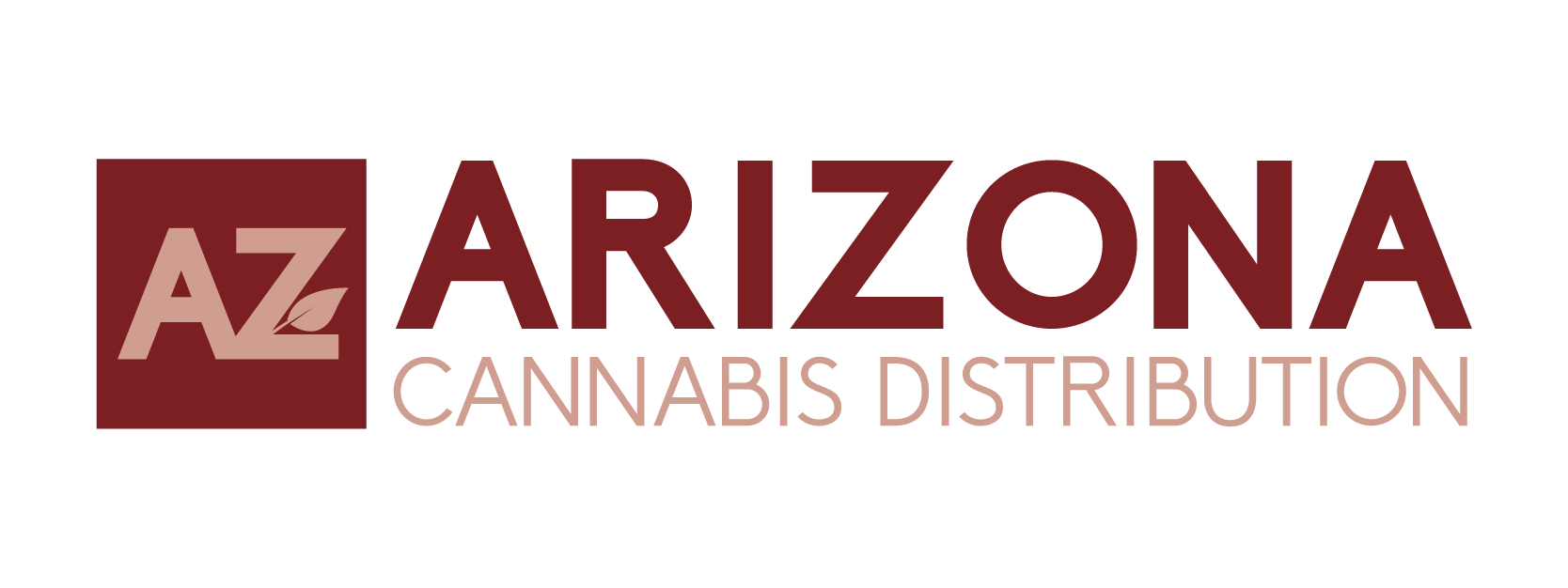Arizona’s cannabis distribution sector is emerging as a distinctive player in the national landscape, blending regulatory structure with market efficiency in ways that set it apart from both restrictive and liberalized counterparts. While states like California and Michigan dominate headlines with scale and complexity, Arizona’s streamlined processes and moderate growth are gaining the attention of analysts and investors alike.
Unlike California, where the cannabis supply chain is segmented by a dense network of licensing requirements—often requiring separate licenses for cultivation, manufacturing, distribution, and retail—Arizona allows vertically integrated operations. According to the Arizona Department of Health Services (ADHS), medical marijuana operators in the state can hold multiple license types under the same entity, reducing logistical friction. This framework enables smoother inventory movement from grow facilities to retail shelves.
In contrast, states like New York and New Jersey impose significant restrictions on vertical integration, often requiring third-party distributors to act as intermediaries. These policies, designed to prevent monopolization and promote social equity, also increase costs and delay product movement. By comparison, Arizona’s lighter regulatory burden has encouraged more private investment into distribution infrastructure, including warehousing, cold-chain logistics, and integrated seed-to-sale tracking systems.
However, Arizona’s distribution sector still faces challenges. As of 2024, the state has not fully embraced third-party logistics (3PL) services like those seen in California’s high-volume hubs. Instead, most distribution remains in-house among dual license holders. This may be limiting scalability, especially as adult-use demand rises. According to Leafly’s 2023 Cannabis Jobs Report, Arizona generated over $1.4 billion in combined adult-use and medical sales, but revenue from distribution services—when isolated—is modest compared to mature markets like Oregon or Colorado.
“Arizona has built a tight loop between cultivator and consumer,” says Beau Whitney, chief economist at Whitney Economics. “This efficiency reduces overhead but may also limit innovation in areas like last-mile delivery or wholesale logistics.”
What truly differentiates Arizona is its hybrid model. It offers operational efficiency similar to Oklahoma, where licensing is accessible and vertically integrated operations thrive. Yet it maintains a level of regulatory oversight that prevents oversaturation and undercuts the kind of unchecked proliferation seen in Oregon’s early years.
Arizona’s Metrc-based seed-to-sale tracking system, implemented in 2021, is another point of parity with states like Nevada and Michigan. While the system ensures compliance and product integrity, it also demands rigorous inventory control, presenting an obstacle for legacy operators transitioning into the adult-use market.
With neighboring states like Texas inching toward legalization and California experiencing oversupply woes, Arizona may be positioned to absorb regional demand—if it can scale its distribution backbone. Industry analysts believe that future growth hinges on whether Arizona opens up its distribution licensing and infrastructure to independent operators.
In a national comparison, Arizona’s cannabis distribution model is neither the most profitable nor the most expansive—but it is among the most stable. And in a volatile industry, that may prove its greatest strength.

